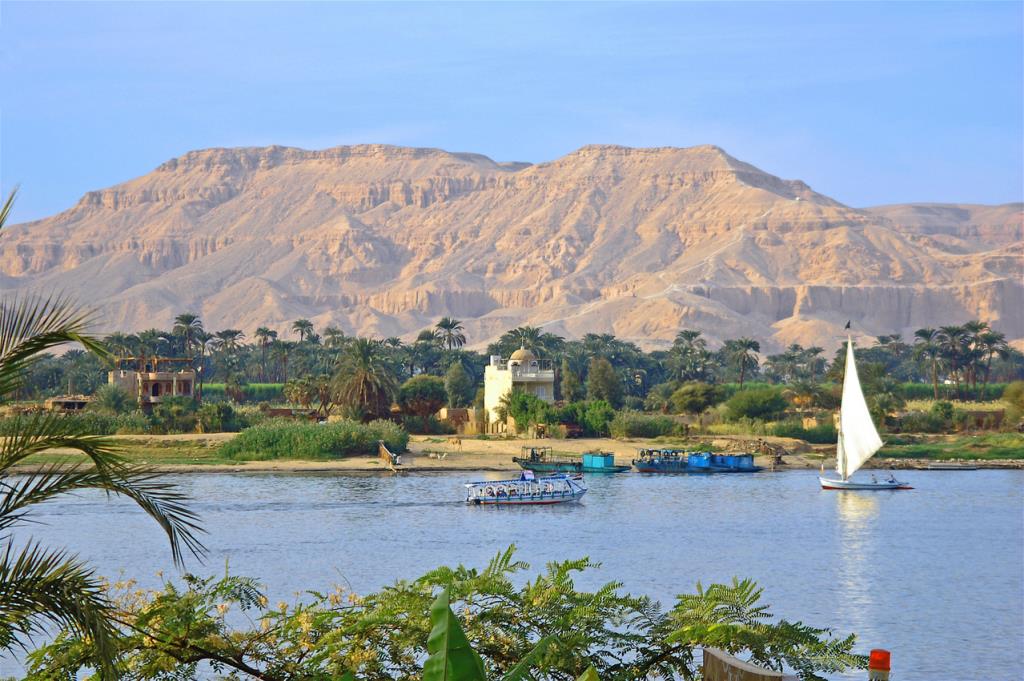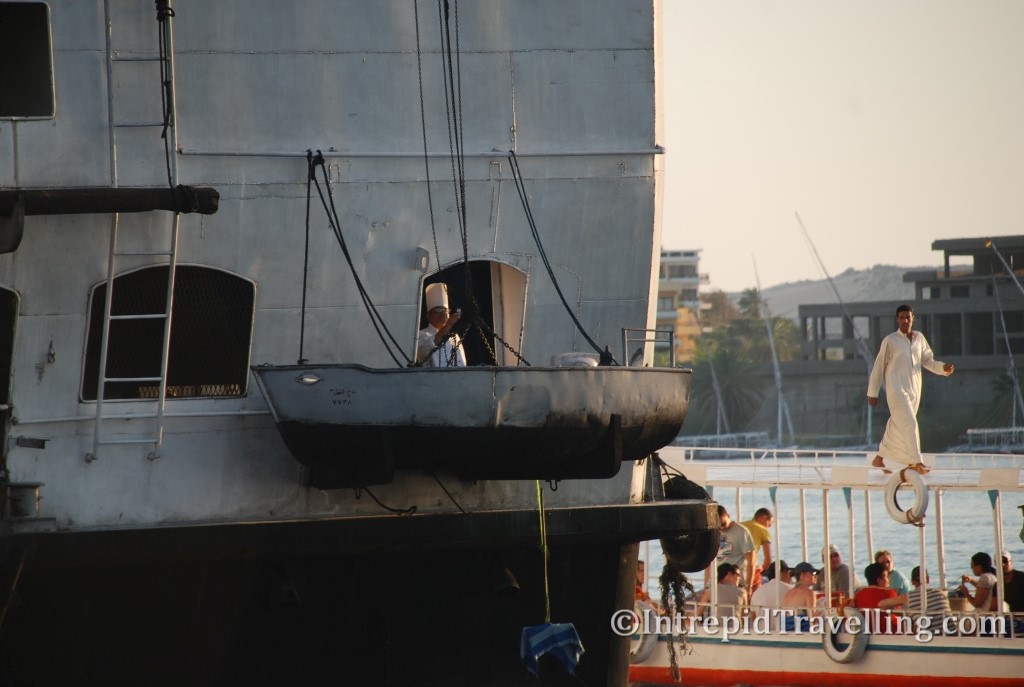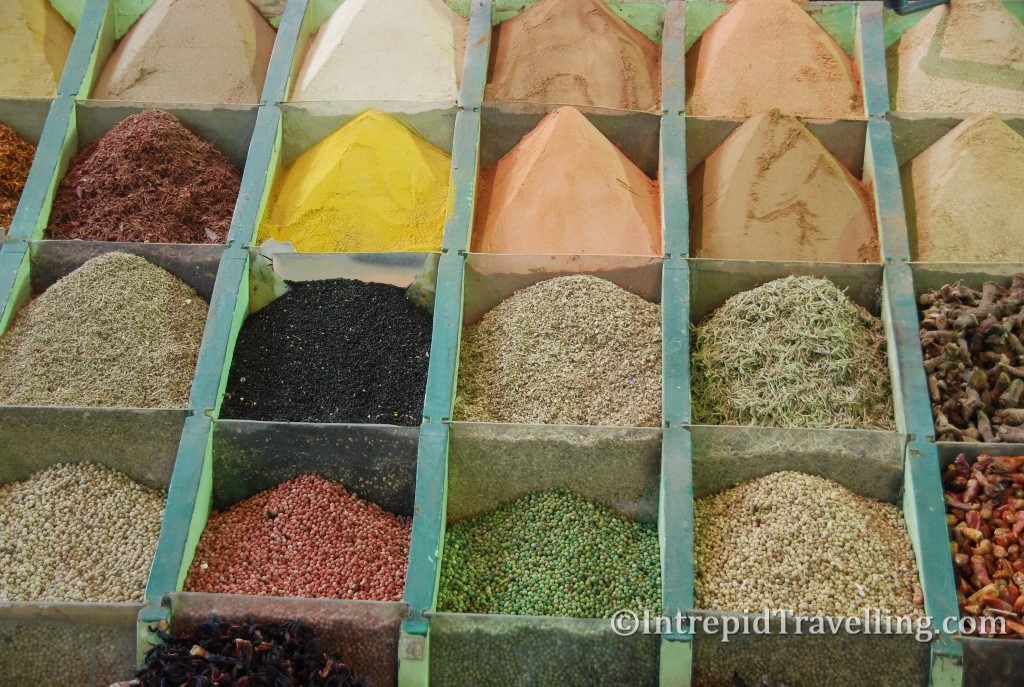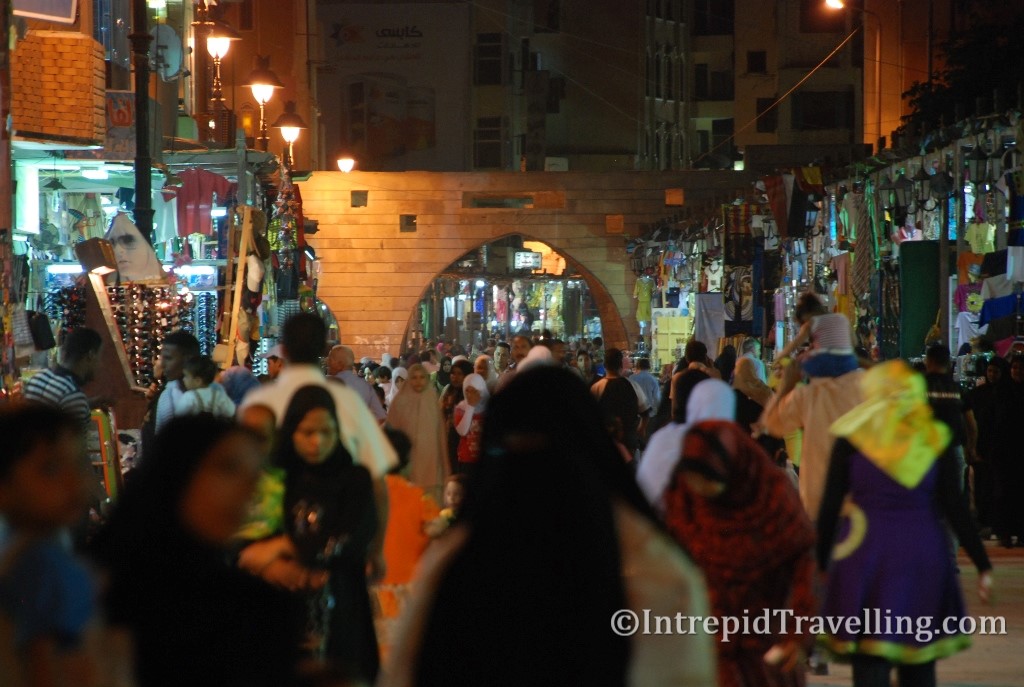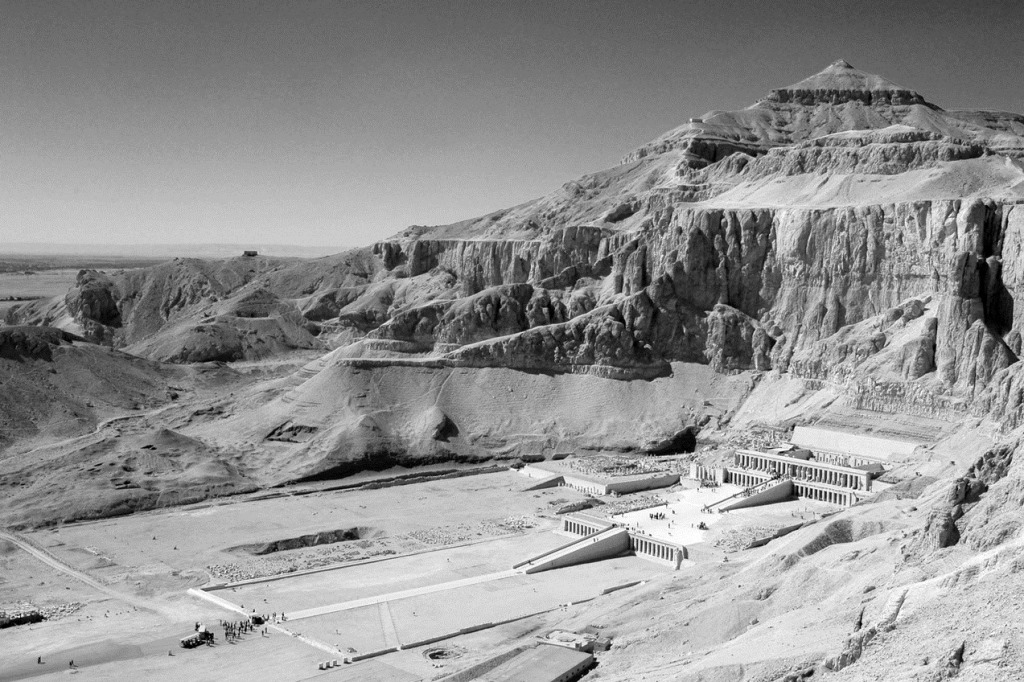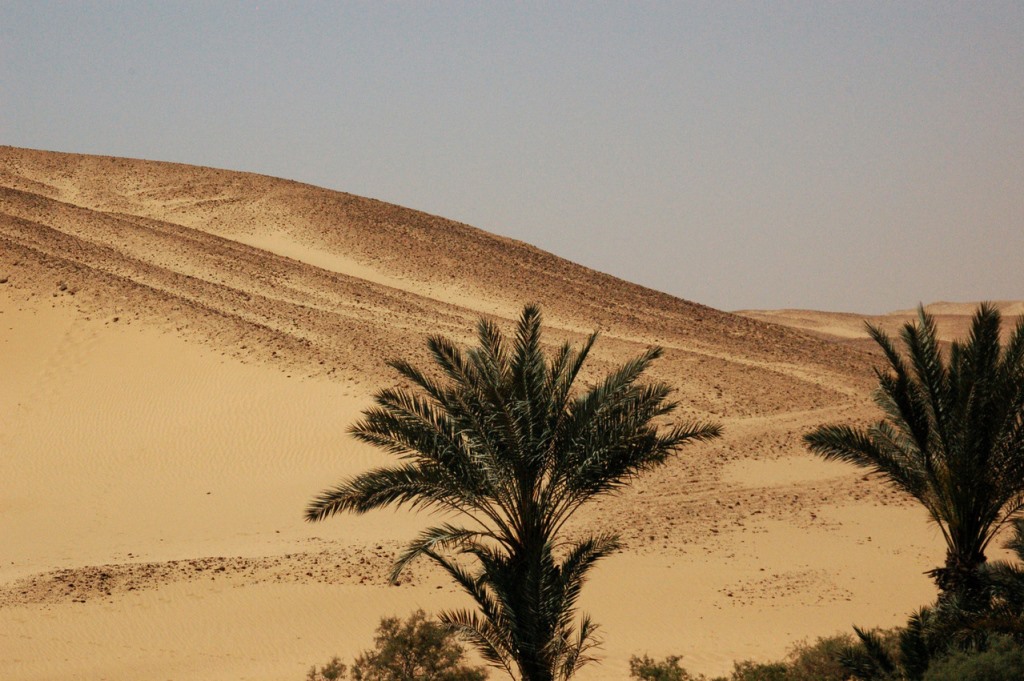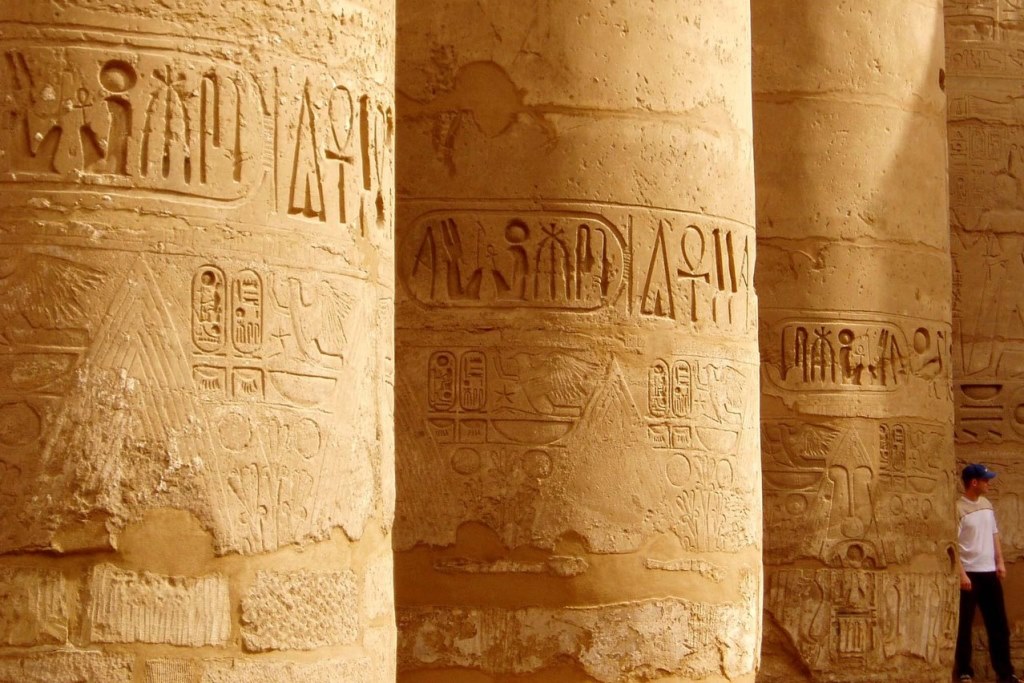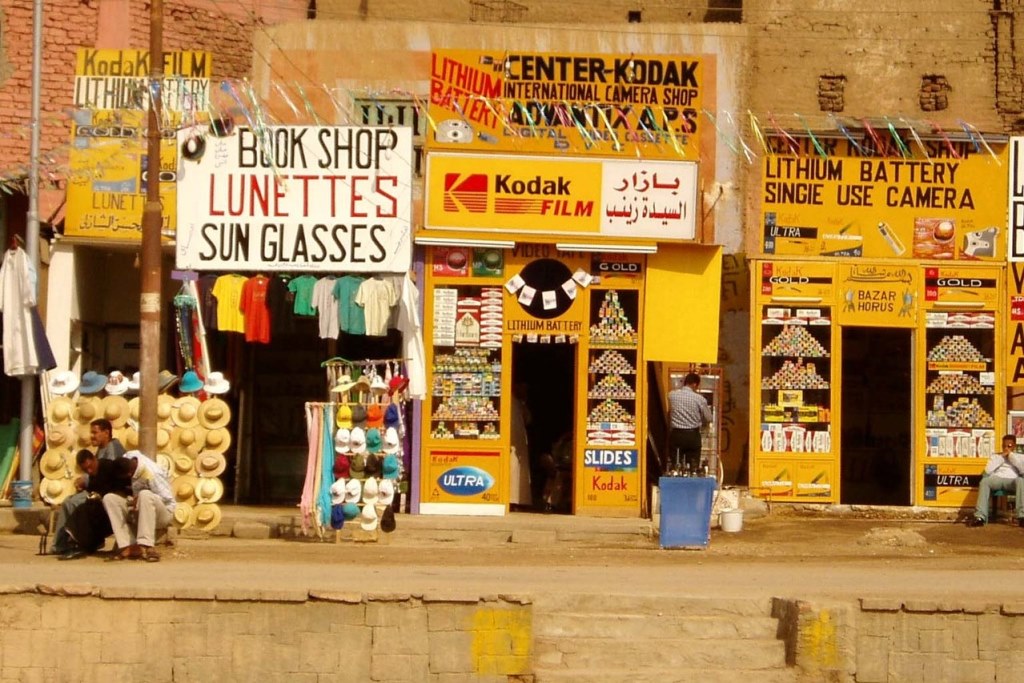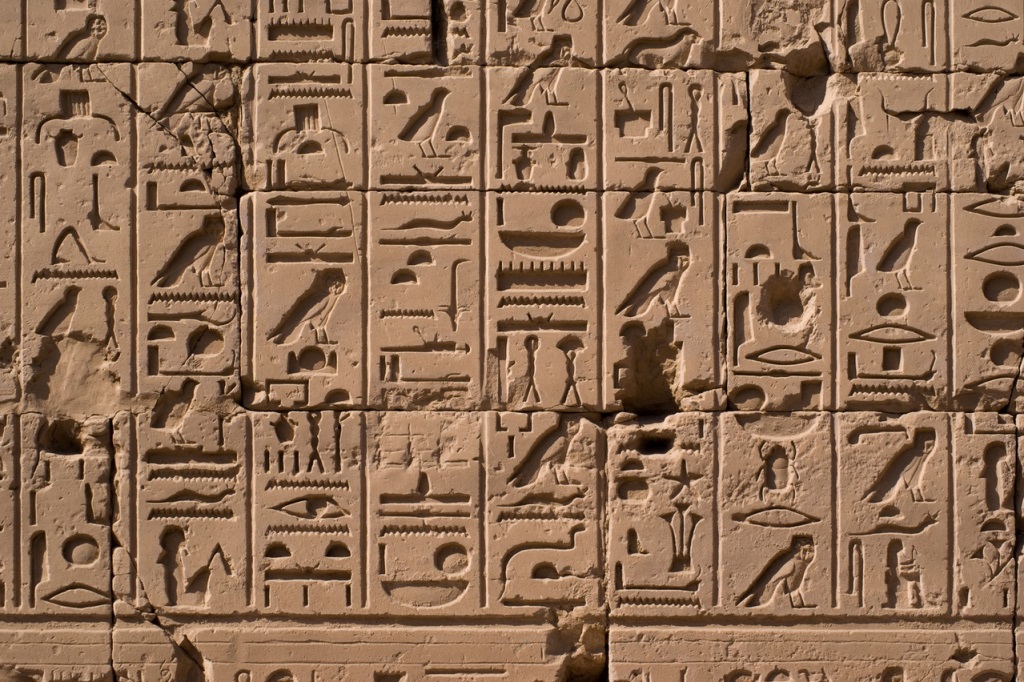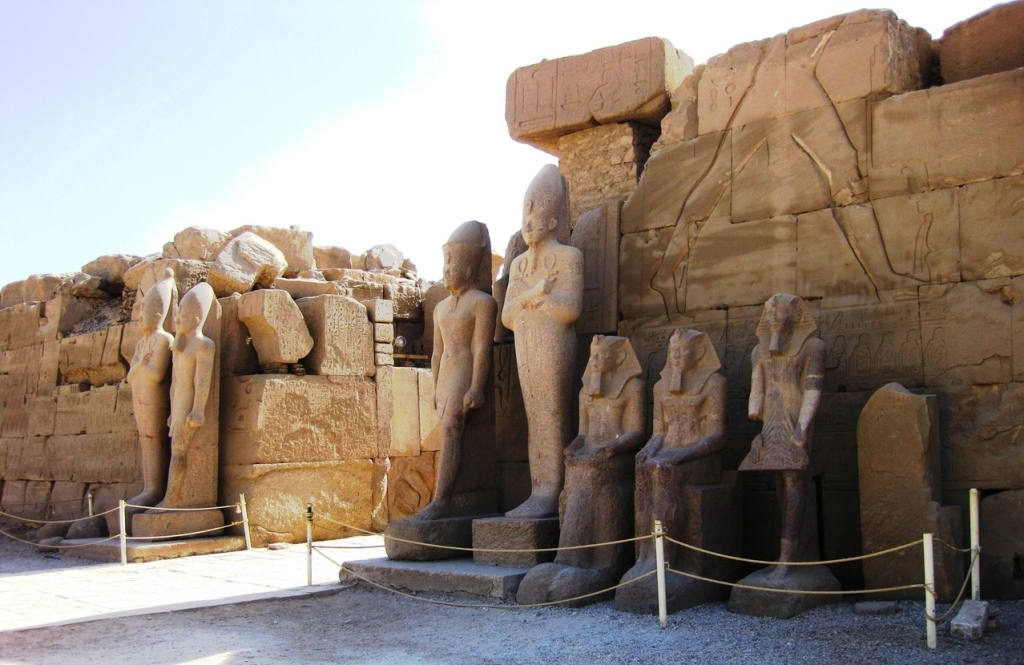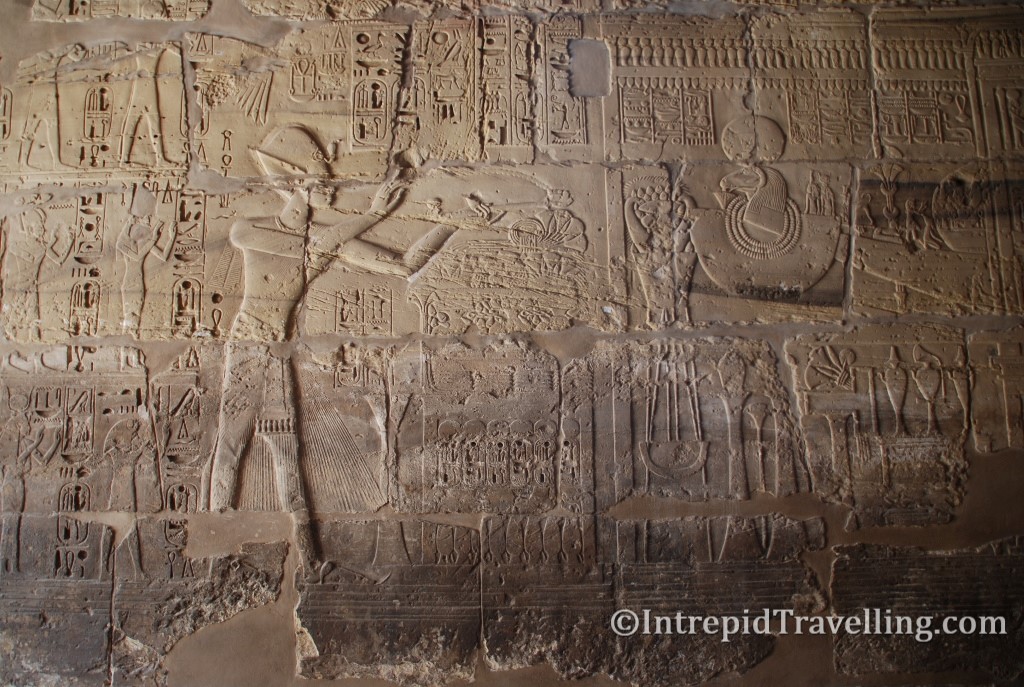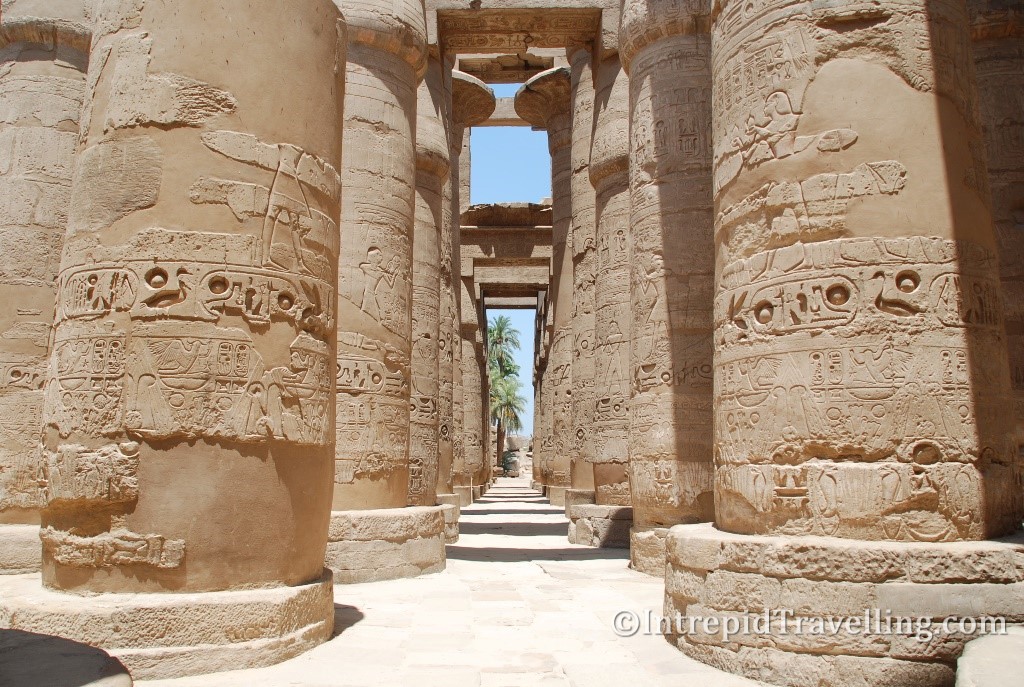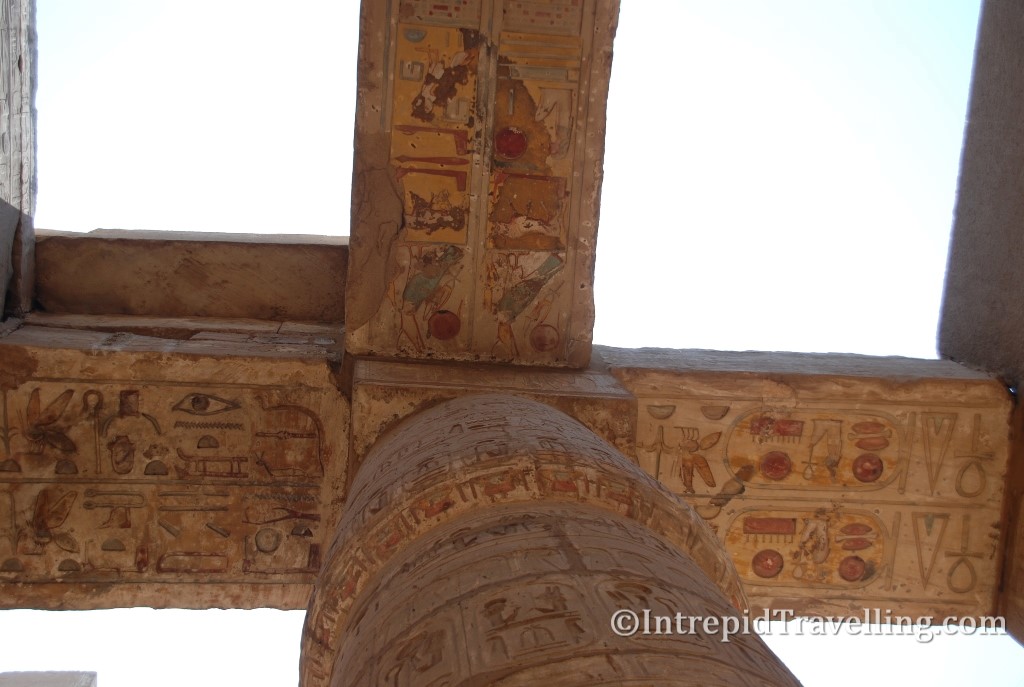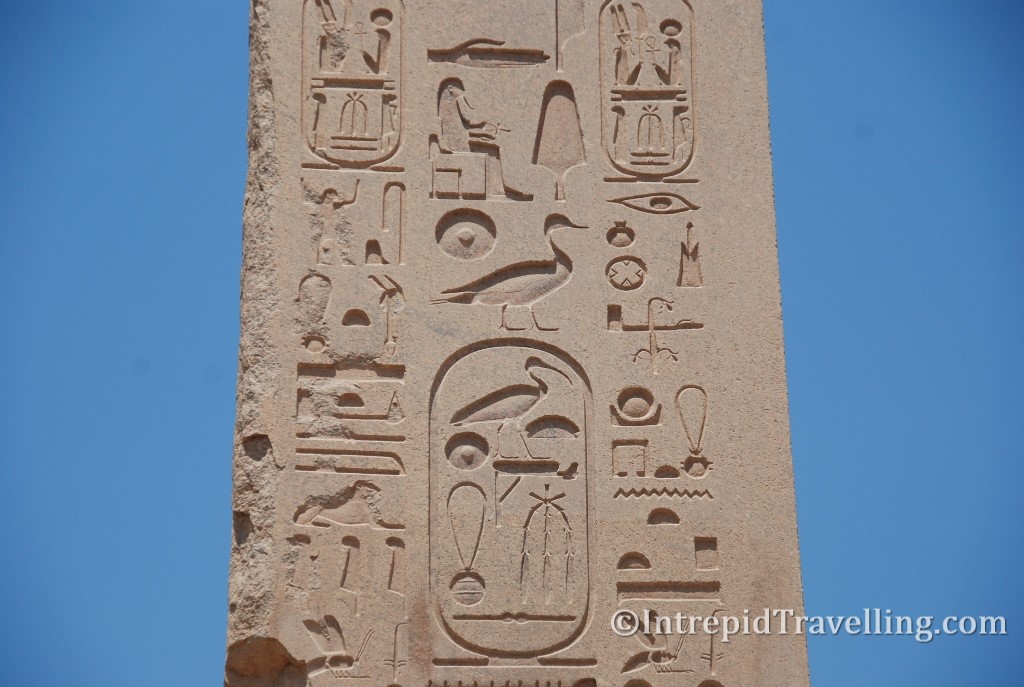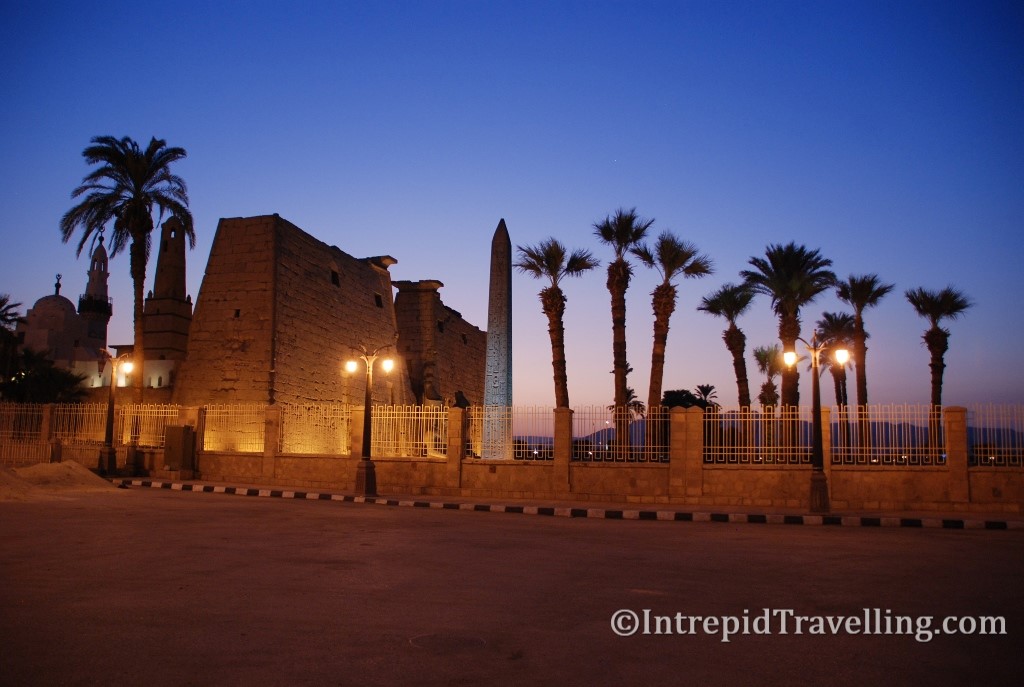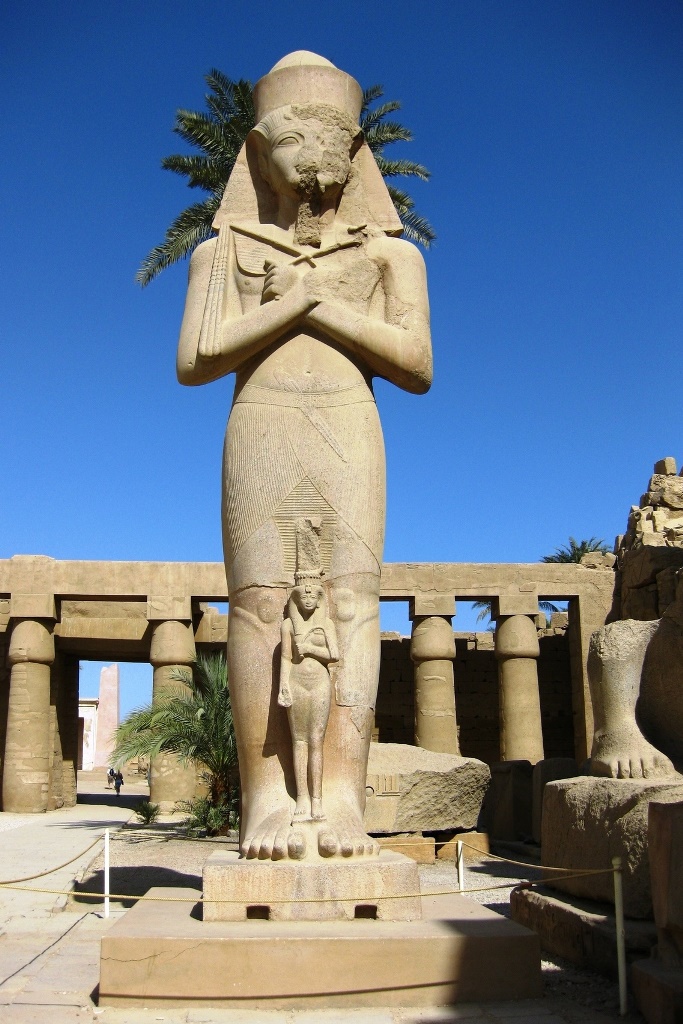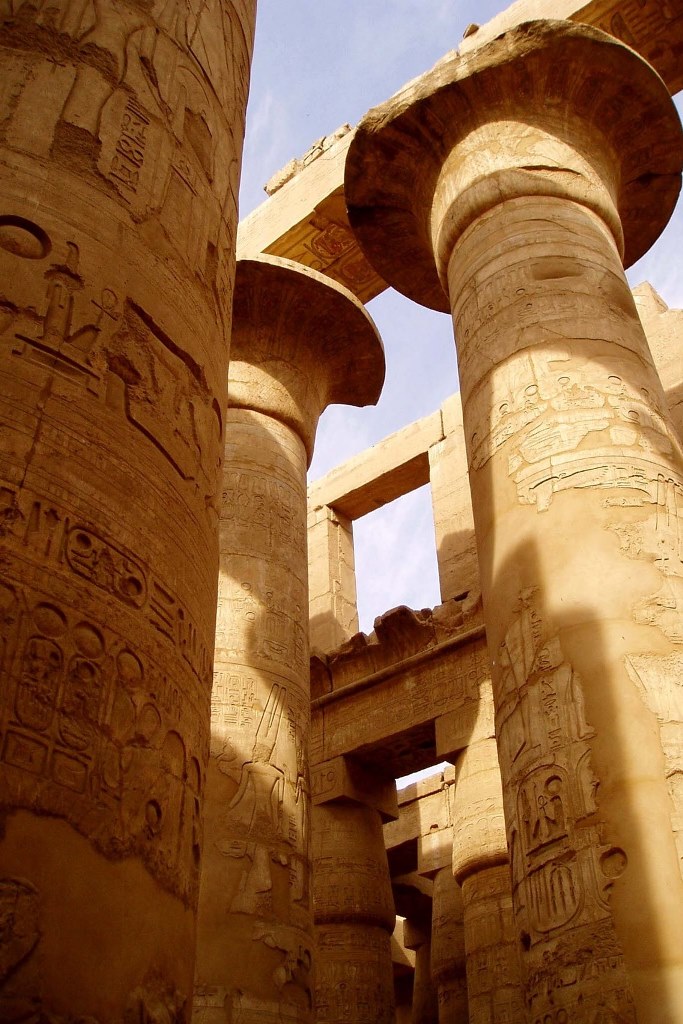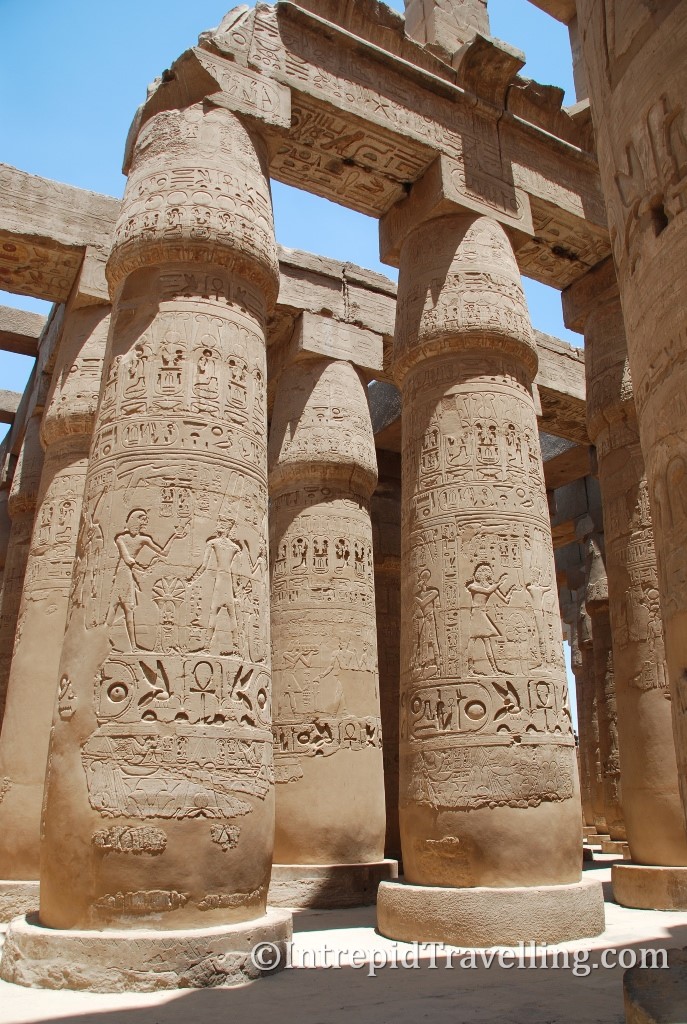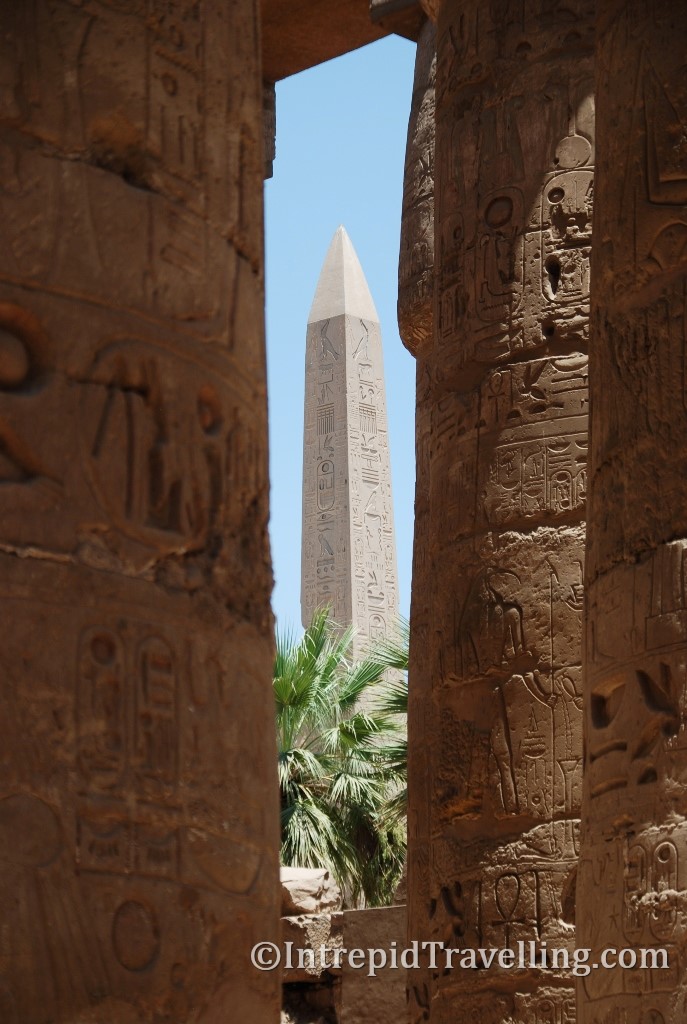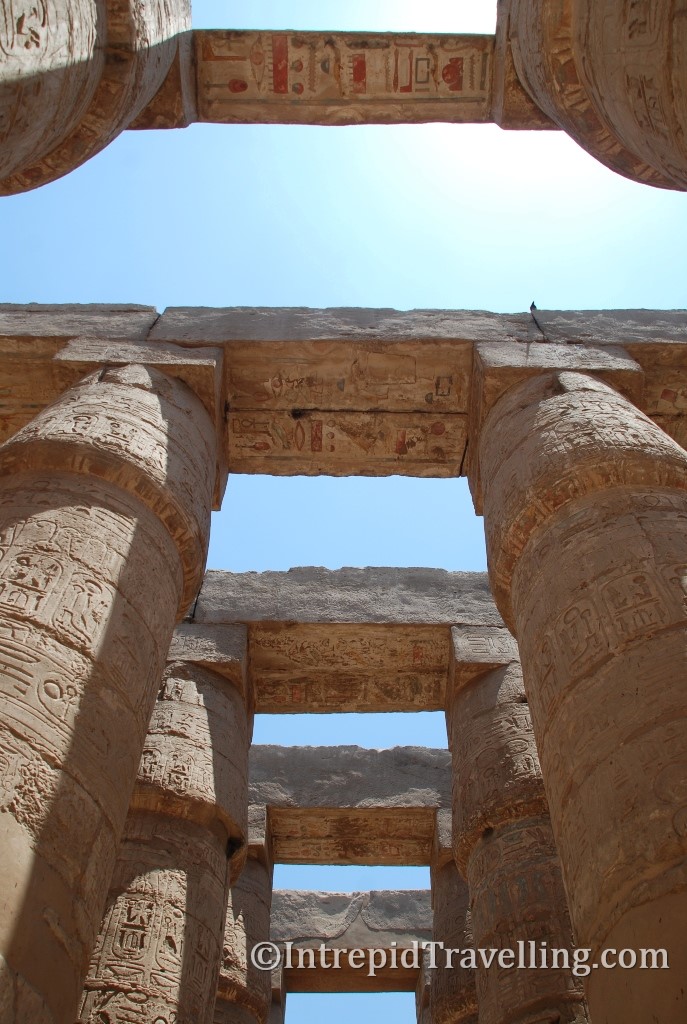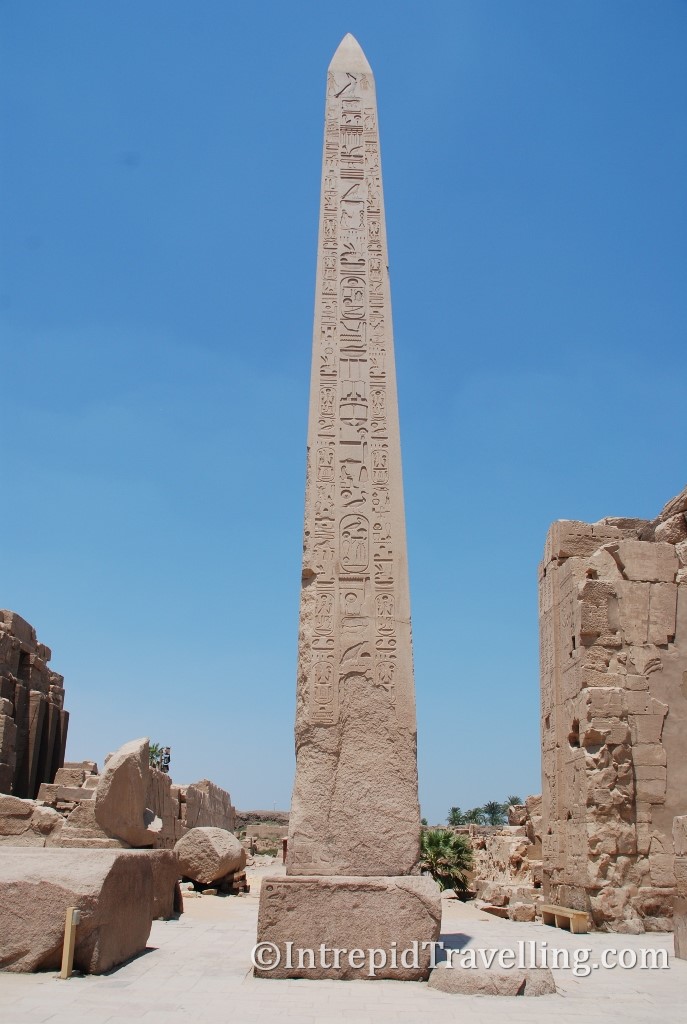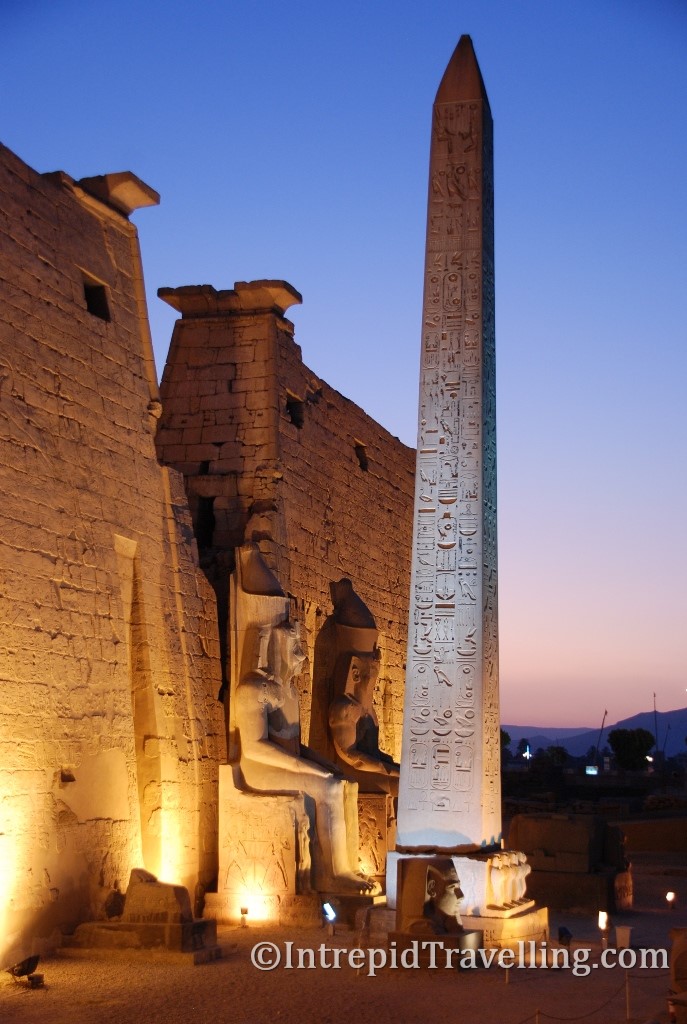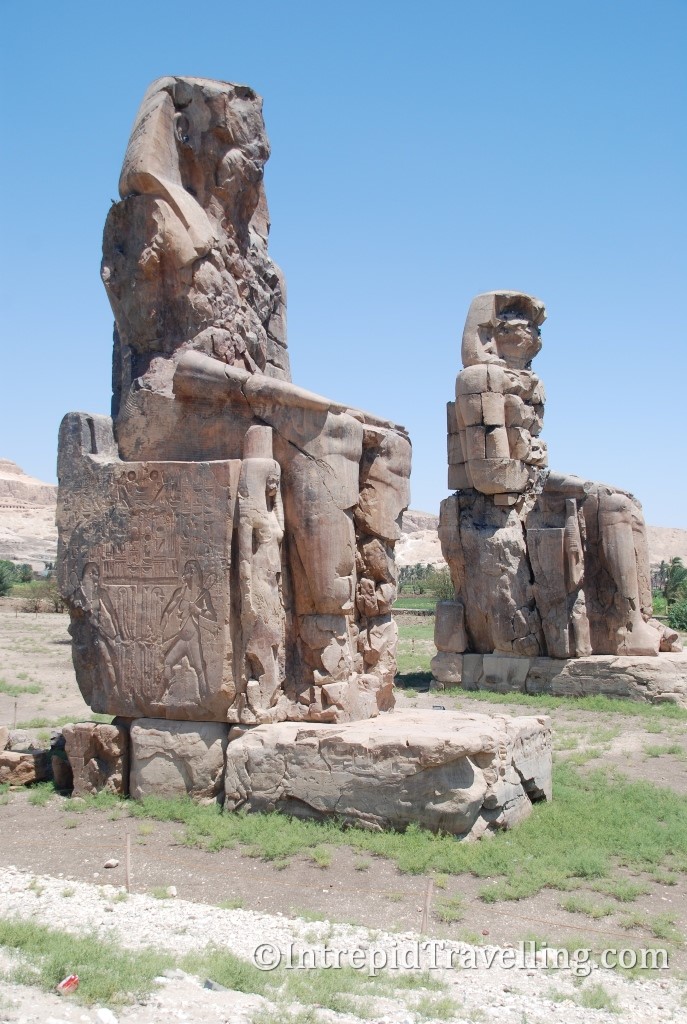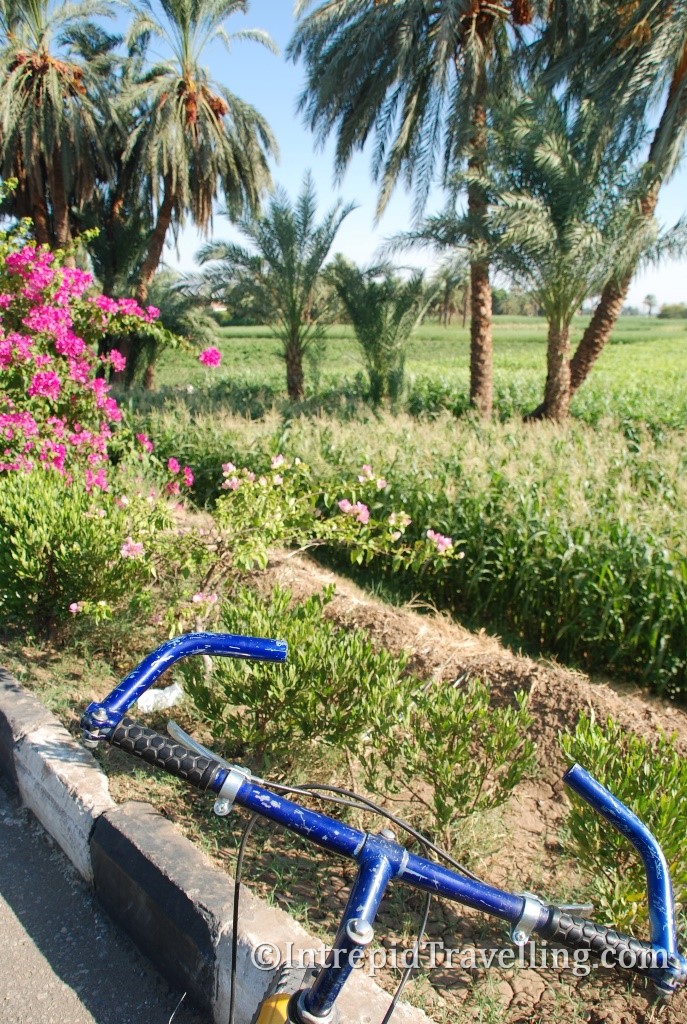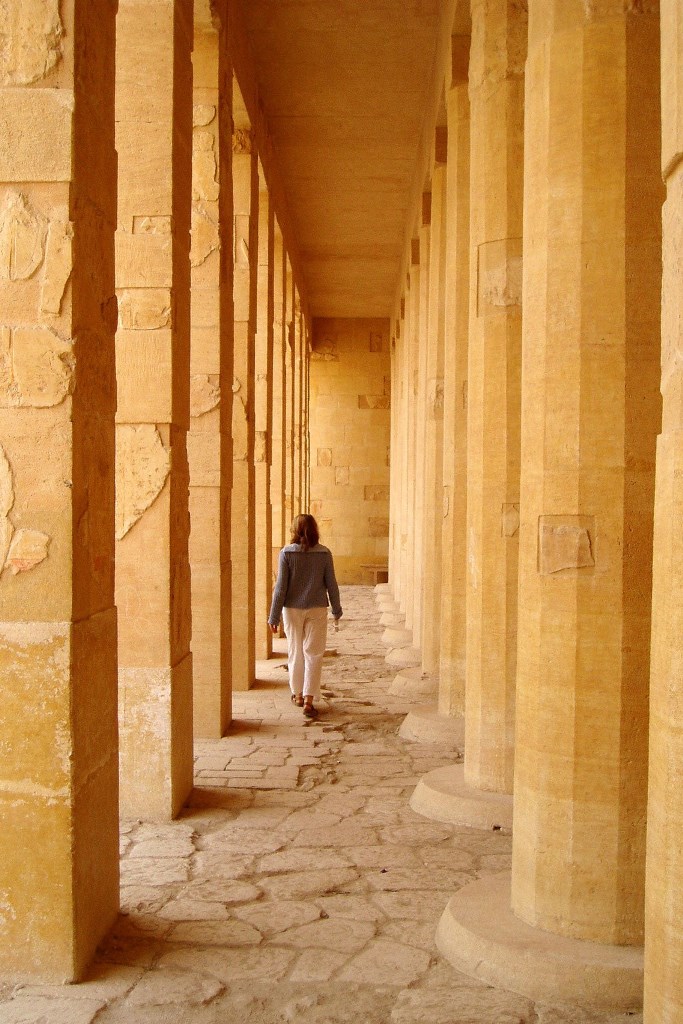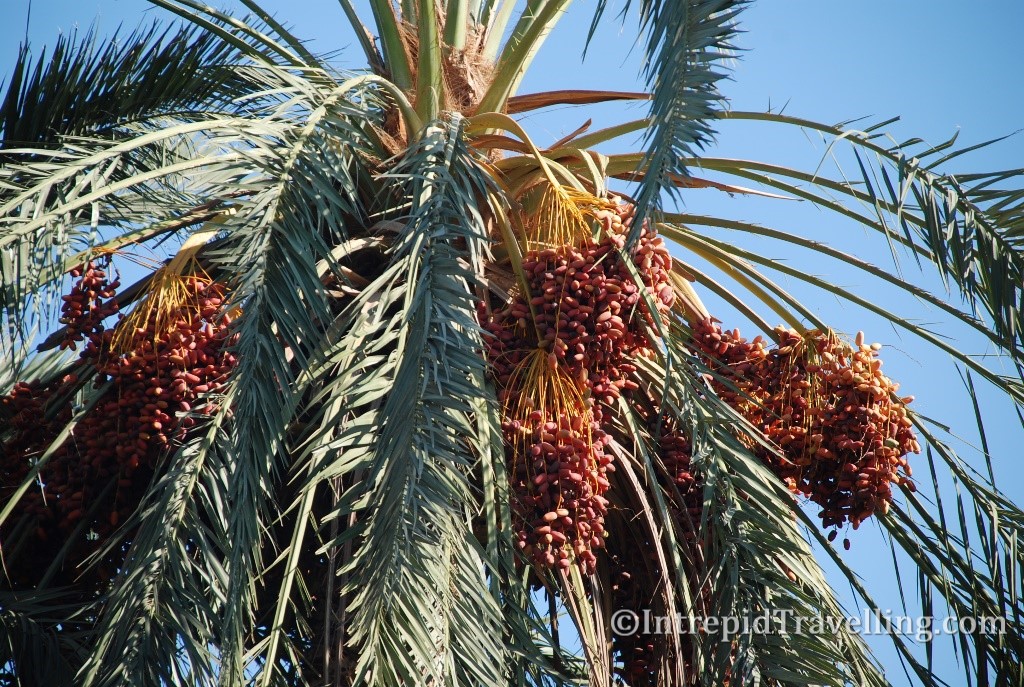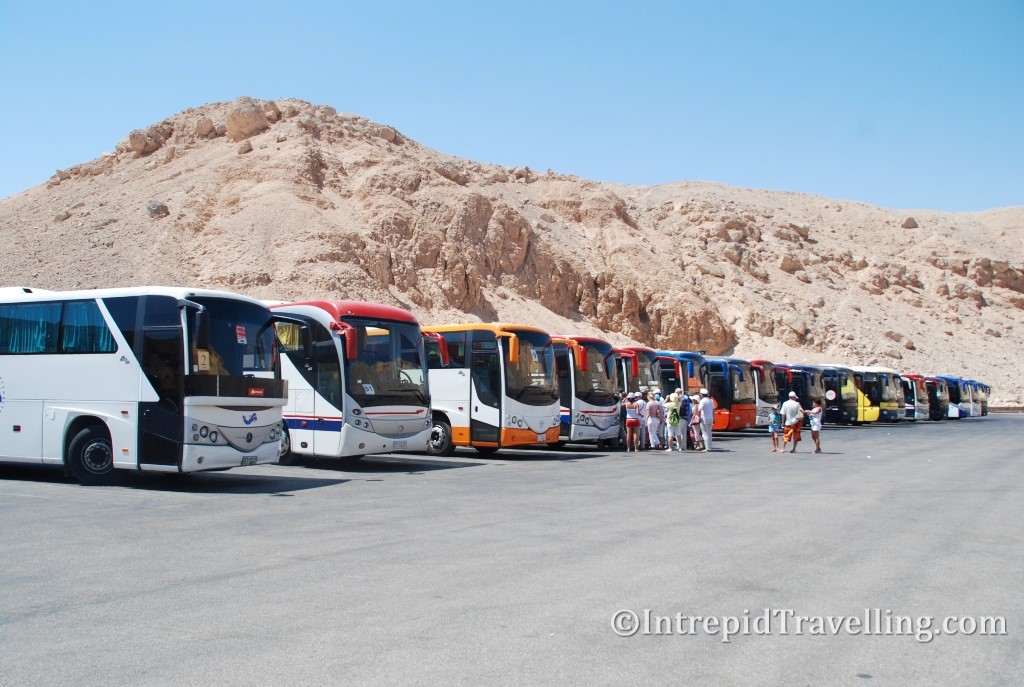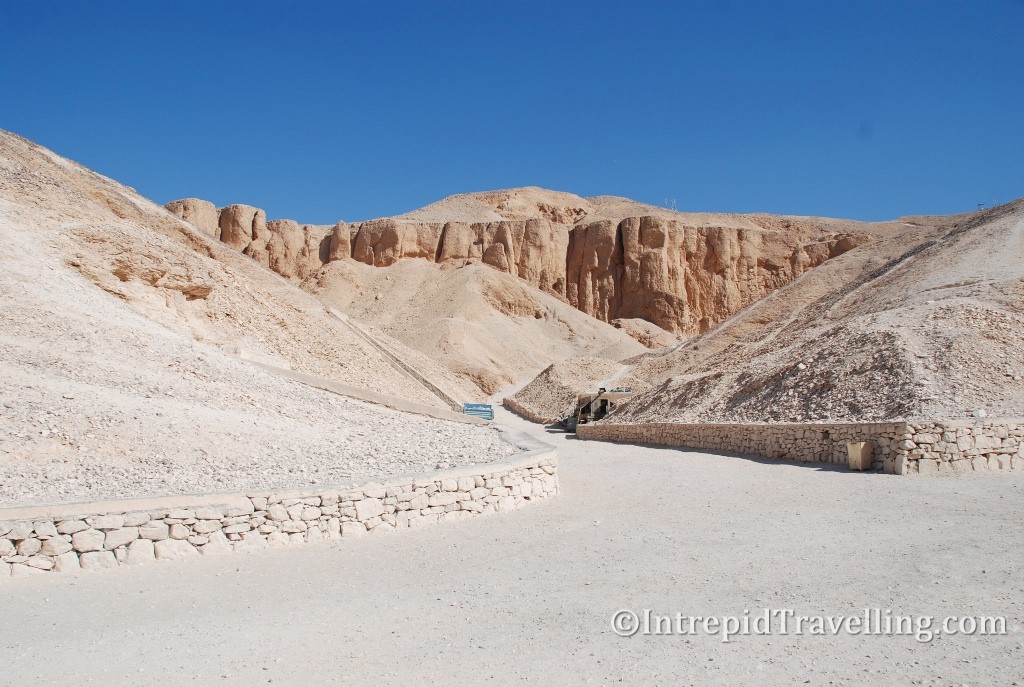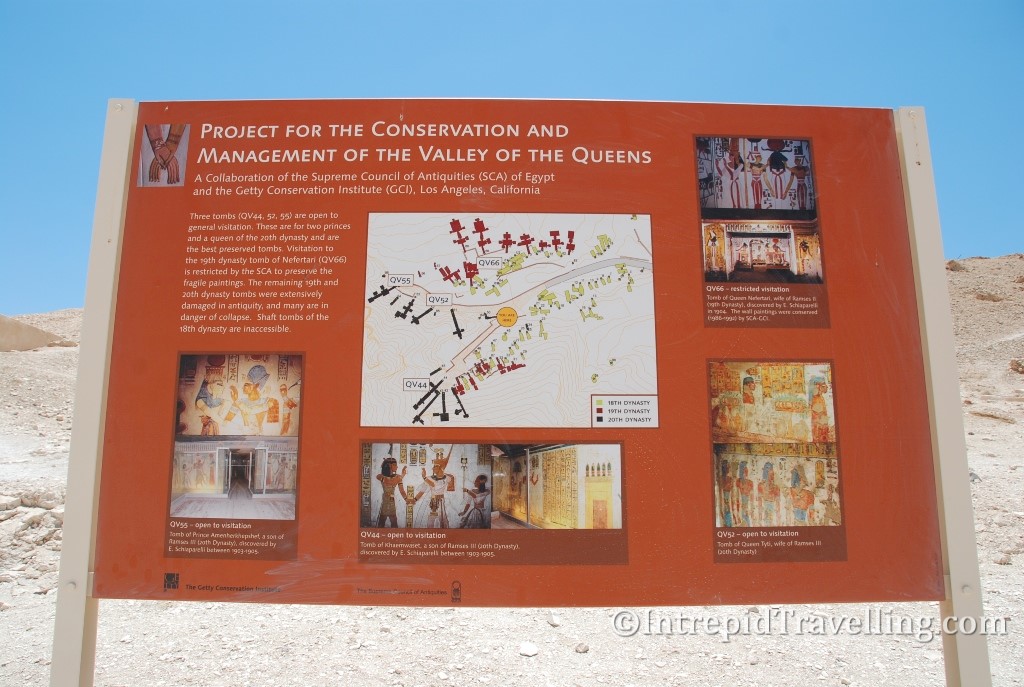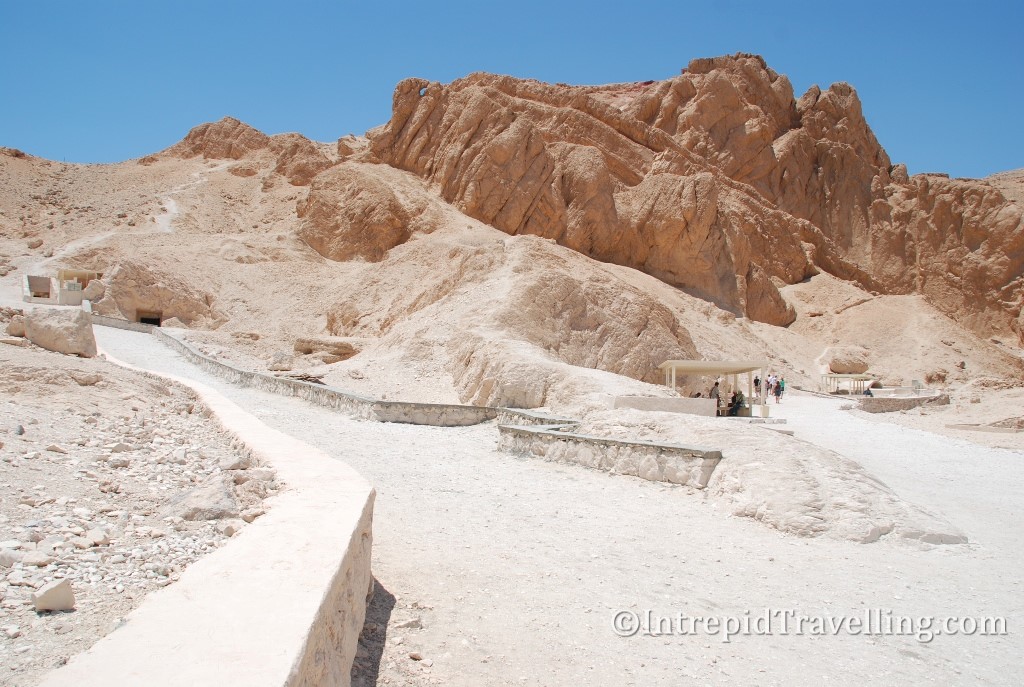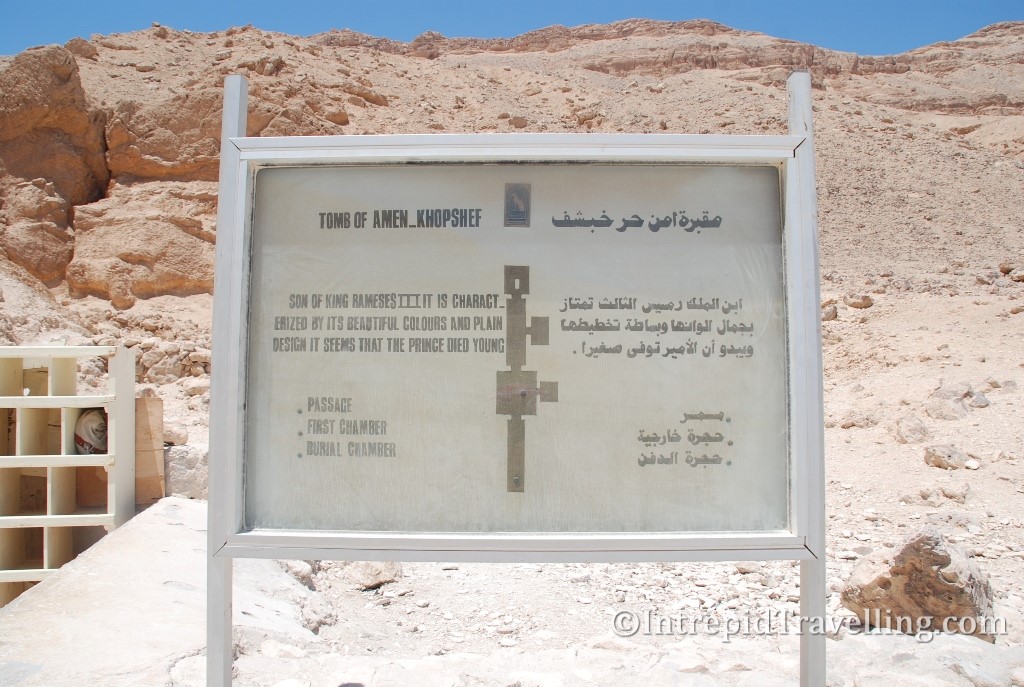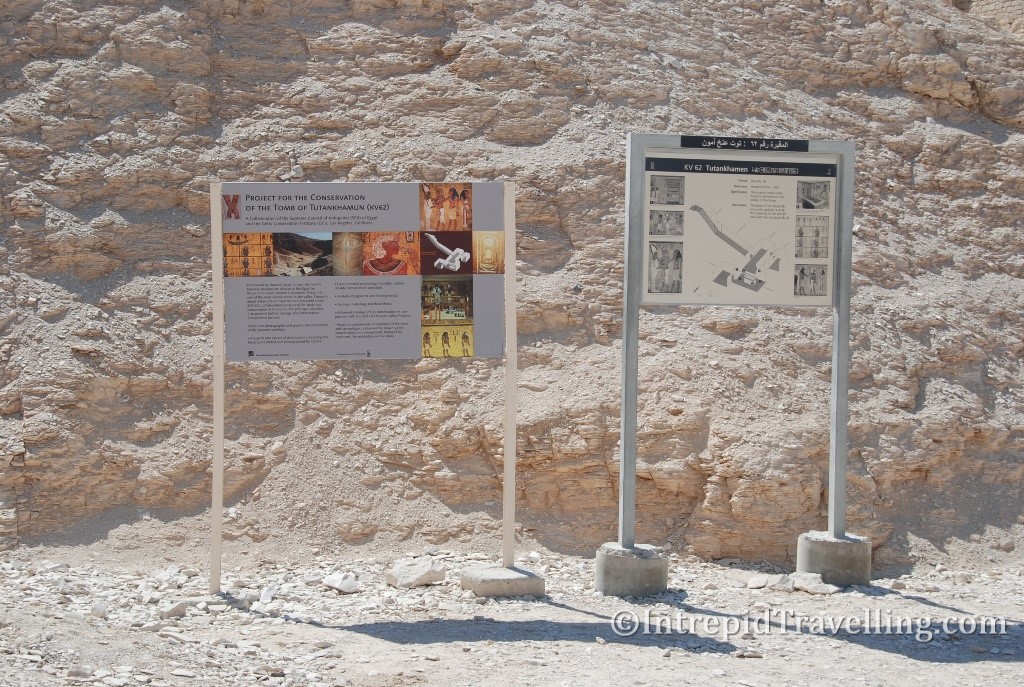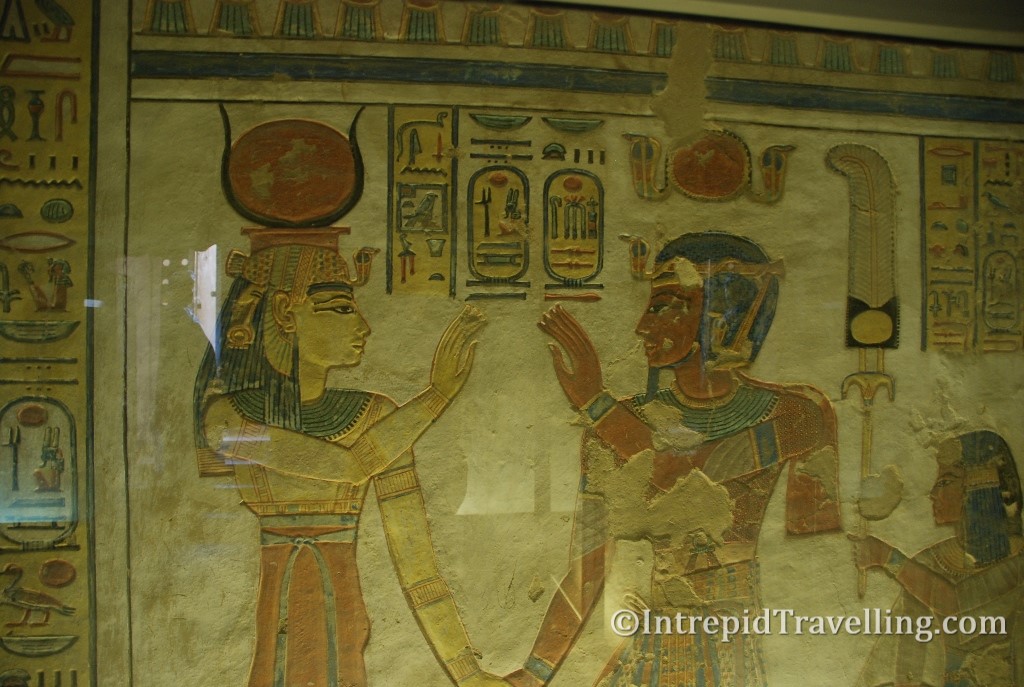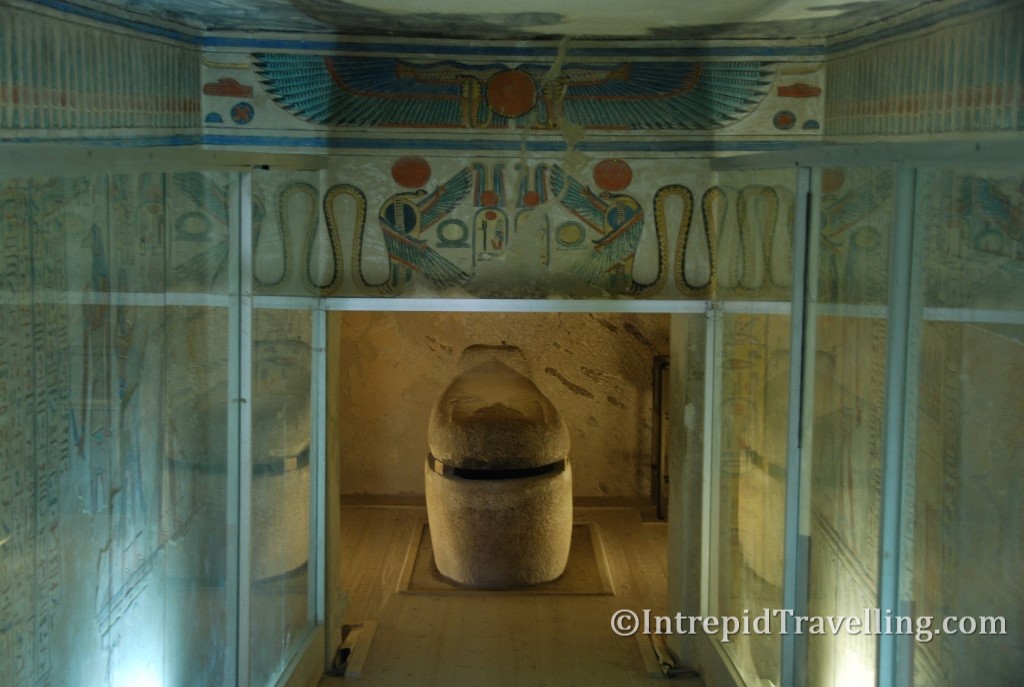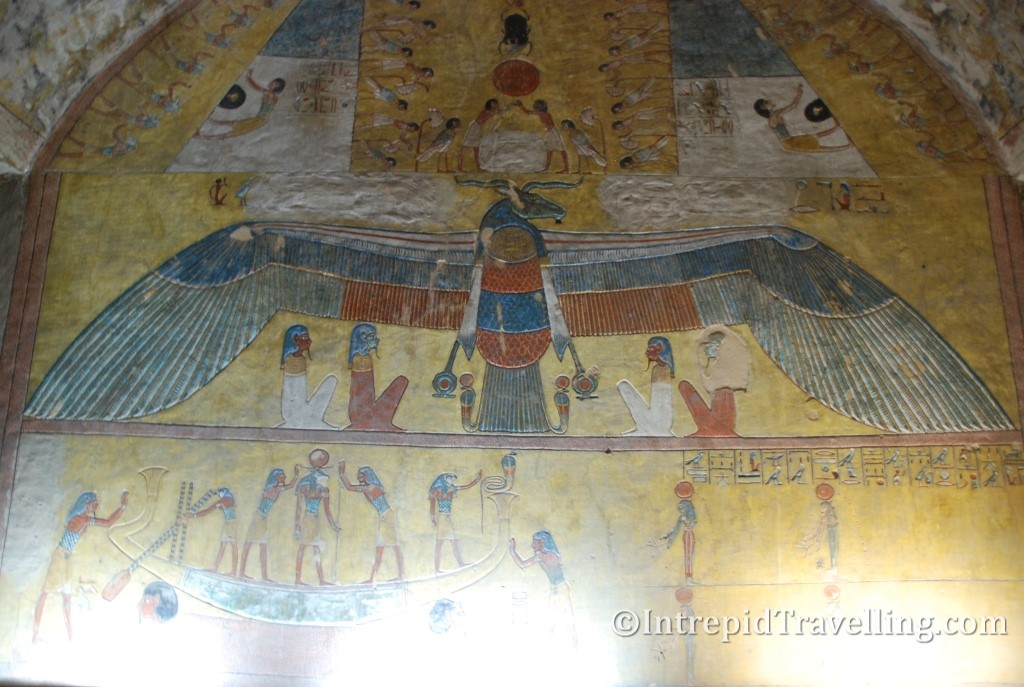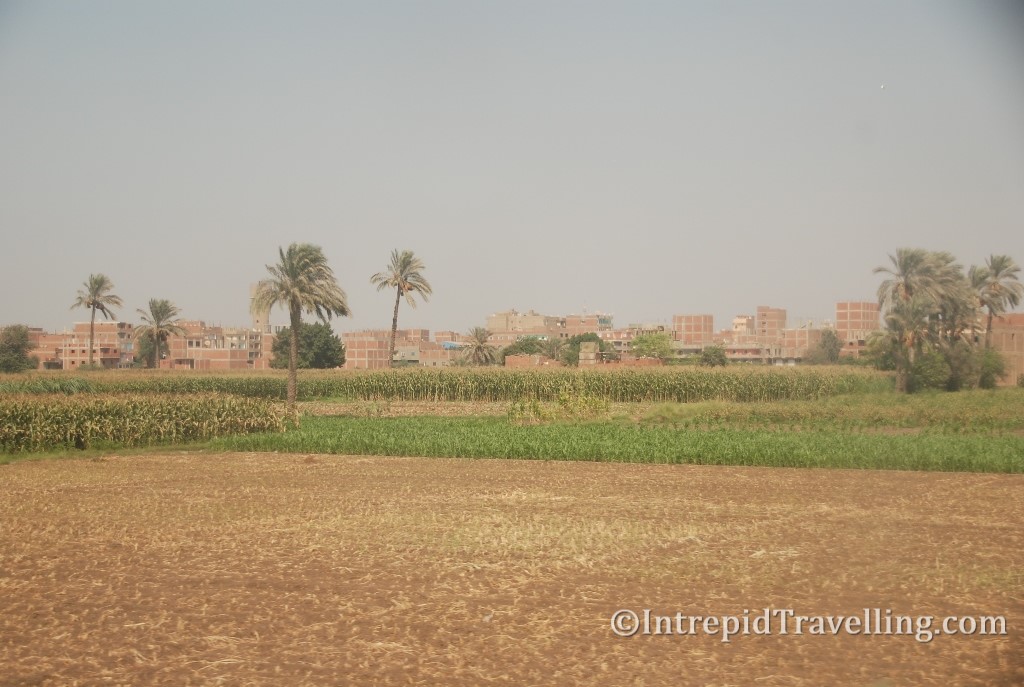The modern day city of Luxor in Upper (southern) Egypt is another tourist and intrepid traveller mecca as it is the site of the Ancient Egyptian city of Thebes on the eastern side of the Nile River. With the ruins of the Karnak Temple and Luxor located within the modern day city, it is no wonder that the town is considered the ‘world’s finest open-air museum’.
Luxor has one of the hottest, sunniest and driest cities climates in the world with rainfall levels (1mm annually) less than most other parts of the Sahara! Unsurprisingly, it’s one of the driest cities in the world, with average daily highs in summer above 40 °C and above 22 °C in winter; providing the ideal climatic conditions to preserve ancient monuments for millennia.
Many travellers who wish to visit Luxor opt for the overland route by bus or train, more likely than not an overnight service as Luxor is approximately 700km up the Nile from Cairo. I prefer to travel by train (ENR) whenever possible as I find I enjoy the journey more and am able to take in the passing scenery better. As you travel along the Nile you’ll pass along the thin strip of agricultural land that is flanked on the West by the endless Sahara and on the East by the Eastern Desert. Once you arrive in Luxor, there are plenty of budget guesthouses and touts near the railway station who will try to encourage you to stay at their hotel.
The ancient city of Thebes was one of the two major capitals of Egypt during the Pharaohs’ time. Luxor Temple in the centre of Luxor city; site of the Ramses II Colossus, the grand red granite obelisk and Amenhotep's colonnade to name a few.
A 40 minute walk away north east along the Nile, and connected by the Avenue of Sphinxes, is The Karnak Temple Complex; the largest and arguably one of the most impressive ancient temples. The complex comprises an immense range of decayed temples, chapels, pylons, and other structures. The area around Karnak was the ancient Egyptian main place of worship and as a result it level of importance to successive dynasties of ancient Egyptian pharaohs.
The Great Hypostyle Hall with its 134 stone pillars, are all adorned with hieroglyphs and pictographs; a truly awesome sight. When exploring the temple you begin to run out of superlatives to describe what you’re witnessing, and amazingly, after 3,000 years outside, some areas of the original paint work is still visible on the underside of the roof stones. You don’t expect that and it’s just mind blowing if you try to absorb that fact.
Every stone within the Temple seem to be adorned with hieroglyphs, gods, rituals and images from daily life. I find that there is something strangely alluring and hypnotic about the images engraved on the granite obelisks; so detailed and familiar yet alien. You can’t help but love the hieroglyphs: “flat palm, feather, man sitting down, circle with hole, duck”. Incidentally hieroglyphs written inside a vertical rectangle with rounded ends is a Pharaoh’s name I believe.
Valley of the Kings and Valley of the Queens
Another fine day WILL greet you each morning in Luxor, perfect weather for exploring one of ancient Egypt’s other ancient wonders – the Valley of the Kings and Valley of the Queens. Seeing these sites are just located across the Nile, on at the eastern edge of the Sahara, within biking distance of Luxor I hired a bike for the day and rode across the fertile river flats that flank the Nile to reach the Valley of the Kings and Valley of the Queens where hundreds of tombs are sited.
Firstly though, as the temperature rose into the mid 30’s, I would pass the remains of The Mortuary Temple of Amenhotep III and most notably the 18m high Colossi of Memnon. Back in their day no doubt they looked like the statues from The Lord of the Rings - The Twin Towers, but now not so much.
Many tourist come by air conditioned coach as part of their package tours which makes up the majority of the tourist I saw in Egypt, often Eastern European or Spanish.
Once at the Vally of the Kings and Queens, it’s clear to see that the arid environment of Egypt’s deserts is perfect for preserving her stone monuments and tombs. Only a selected number of the underground tombs are open to the public, but once inside I was astonished to find that almost every inch of the walls were covered with the original paint and hieroglyphics, albeit with signs of degradation; unbelievable really considering their age. Some of the tombs even still have the original granite sarcophagus inside them with the lid carved in the likeness of its inhabitant. Many of the tombs that had been discovered by grave robbers have been open since antiquity and hence have looted and vandalized. Thankfully many have survived, becoming some of mankinds most cherished discoveries such as King Tutankhamun tomb which was discovered and excavated in the 1920s.
Aswan and Beyond
When visiting Luxor, be sure to take the 4 hour train ride from Luxor to Aswan. Aswan and Luxor have nearly the same climate and hence has preserved many artifacts of ancient Egypt aswell such as the UNESCO World Heritage temples of Abu Simbel which are two enormous statues and temples carved into the rock face at Abu Simbel, in southern Egypt, near the border with Sudan.
I had come to Aswan check out the Aswan Dam which dams the Nile, and visit the granite quarries where the majority of the ancient Egyptians sourced their high quality granite for sarcophaguses, Obelisks, and tombs.
Once finished exploring in southern Egypt you can either continue south and cross into Sudan or return to Cairo via an overnight train ride from Luxor to Cairo. After spending several months travelling around the Middle East, there’s no doubt Jordan and Egypt has some of the worse touts I’ve encountered and an accepted culture of ‘tourist price’, but the quality of sights, sounds and tastes outweighs that, so these two countries still get a big ‘thumbs up’ rating from me, especially if you’re into the ancient wonders!

